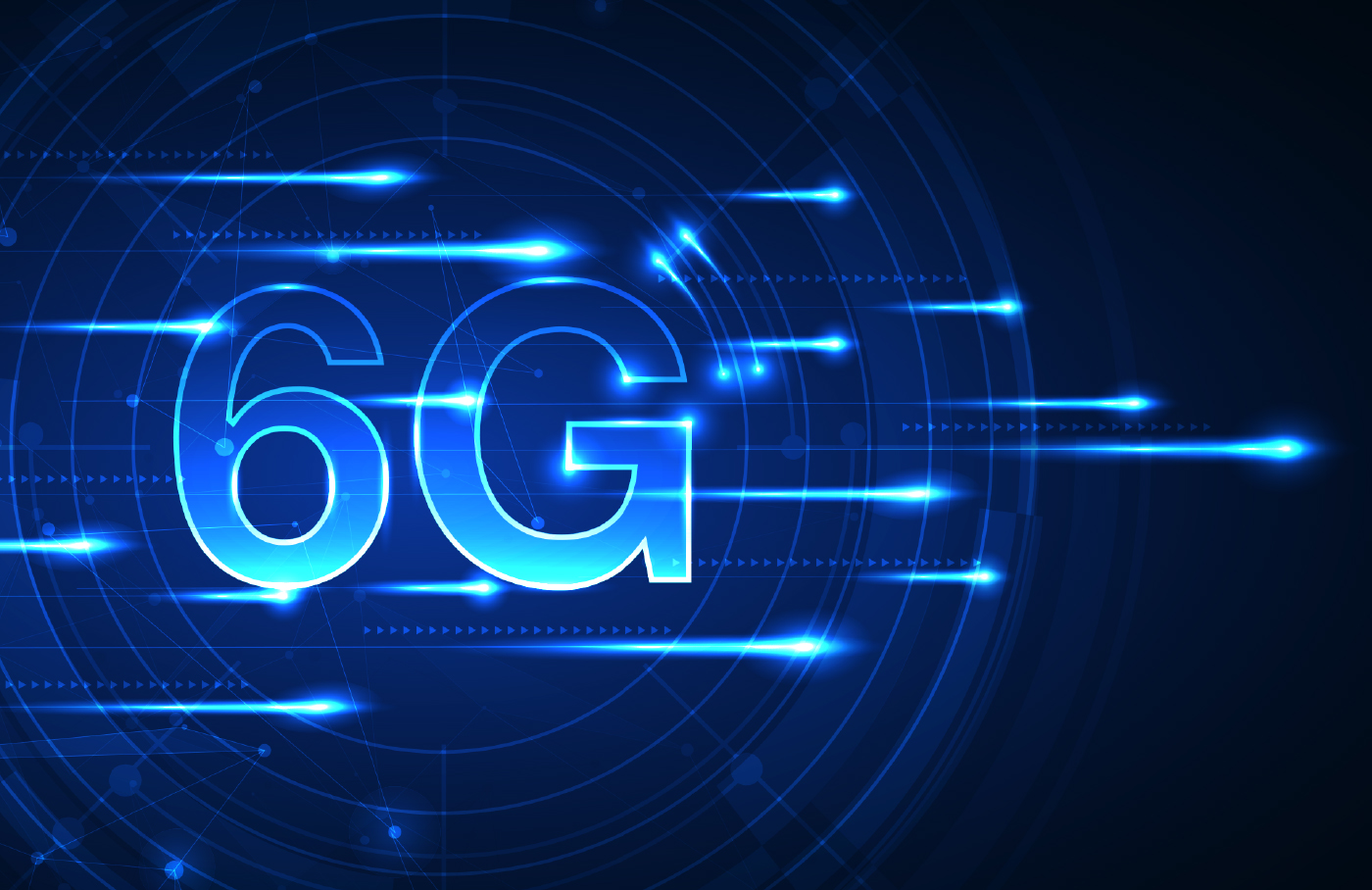What might 6G be used for? Scenarios from ITU

As conversations around global spectrum use for terrestrial and non-terrestrial networks coalesced at the World Radiocommunication Conference in Dubai, the future of wireless was top-of-mind. As work progresses on future 6G systems, a timeline is emerging for standardization and commercialization—and WRC-23 representatives also considered what the potential use cases for 6G might be.
As part of the recently concluded meeting in Dubai, the International Telecommunications Union (ITU) Radiocommunication Assembly approved an IMT-2030 Framework that includes 6G. From here, the ITU’s Radiocommunication Sector (ITU-R) will focus on defining technical requirements, the submission process and evaluation criteria for potential 6G radio interface technologies.
Companies and industry associations are expected to submit their proposals to the International Telecommunications Union for the IMT-2030 Radio Interface Technology—in other words, 6G—in early 2027. Those submissions will be evaluated against agreed minimum requirements, with a final, official set of 6G technology standards expected to be approved by ITU sometime in 2030.
The IMT-2030 Framework Recommendation for 6G identifies 15 capabilities that the technology should have. Nine of those, ITU noted, are based upon existing 5G systems.
In a release from WRC-23, the ITU said that 6G is expected to include the following six usage scenarios.
-Immersive communication which can provide users with a “rich and interactive video experience”.
-Bridging the digital divide in rural, remote and sparsely populated areas with enhanced and ubiquitous connectivity.
-“Hyper-reliable”, low-latency communication that can support the scaling-up of applications such as telemedicine and management of energy and power grids.
-Artificial intelligence, and communications that will support AI applications.
-“Integrated multi-dimensional sensing” (which has also been referred to as Joint Communications and Sensing or JCAS) and high-precision positioning, for sensing objects and presence, imaging, mapping and assisted navigation.
-Massive IoT communications with expanded IoT use, devices and applications across intelligent transport systems and in verticals such as agriculture, energy, environmental monitoring and healthcare.

Comments are closed.